The natural world is a tapestry of life, a symphony of diverse species coexisting and contributing to the intricate balance of ecosystems. From the lush rainforests to the vast deserts, biodiversity is the thread that weaves through every corner of the great outdoors. It encompasses the myriad forms of life, from the tiniest microorganisms to the grandest predators, each playing a unique role in the intricate web of life on our planet.

In this article, we delve into the vital importance of biodiversity in the great outdoors and the ongoing conservation efforts dedicated to preserving this richness. As we explore the significance of biodiversity and the threats it faces, we’ll discover how individuals, communities, and organizations are working tirelessly to protect and restore the natural world that we hold dear.
The Struggle to Conserve Biodiversity
The struggle to conserve biodiversity is one of the most pressing challenges of our time. Human activities, such as deforestation, habitat destruction, pollution, and climate change, have led to the loss of countless species and the degradation of critical habitats.
The consequences of these actions ripple through ecosystems, disrupting the delicate balance that allows life to flourish. Biodiversity loss not only affects the natural world but also has far-reaching implications for human well-being, as we rely on healthy ecosystems for essential services like clean air, freshwater, and food.

Conservationists and scientists are acutely aware of the urgency of this situation. Efforts to protect biodiversity range from safeguarding endangered species to restoring degraded landscapes. While the challenges are immense, there is hope in the dedication of individuals and organizations working tirelessly to mitigate the damage and reverse the trends.
In this article, we will explore the value of biodiversity, the threats it faces, and the innovative strategies employed to ensure a harmonious future for both nature and humanity.
Understanding Biodiversity
Understanding biodiversity is essential for appreciating the intricate web of life on Earth. Biodiversity encompasses the variety of all living organisms, from the tiniest microbes to the largest mammals, and the ecosystems they inhabit. It’s the diversity of species, genetic variation within those species, and the diverse ecosystems they create.
Biodiversity provides numerous benefits to humans, including the provision of food, medicine, and materials for industry. It plays a crucial role in regulating ecosystems, pollination crops, purifying water, and absorbing carbon dioxide, which helps mitigate climate change.
However, biodiversity is under severe threat due to human activities, such as habitat destruction, overexploitation of resources, pollution, and climate change. These threats are driving species to extinction at an alarming rate, which not only disrupts ecosystems but also jeopardizes human well-being.

Efforts to conserve biodiversity are multifaceted, involving protected areas, sustainable resource management, and global cooperation. Conservationists are working tirelessly to raise awareness, implement policies, and engage communities in the fight to safeguard our planet’s biological diversity.
Ecosystem Services Provided by Biodiversity
Biodiversity is not just a concept of ecological importance; it also plays a vital role in providing numerous ecosystem services that benefit both nature and society. These ecosystem services are the direct and indirect contributions of biodiversity to human well-being and the functioning of ecosystems.
- Provisioning Services: Biodiversity provides essential resources for human survival, including food, medicine, fuel, and building materials. A diverse range of plant and animal species are sources of nutrition and medicines, contributing to our health and well-being.
- Regulating Services: Biodiversity helps regulate natural processes critical for life on Earth. For instance, diverse ecosystems can control pests and diseases, regulate climate through carbon storage, and purify air and water.
- Supporting Services: Biodiversity is the foundation of ecosystem services, providing habitat and sustenance for various species. These services include nutrient cycling, soil formation, and primary production, which maintain the integrity and function of ecosystems.
- Cultural Services: Biodiversity enriches our lives through cultural and recreational experiences. It forms the basis of our cultural heritage, traditions, and spirituality. People derive enjoyment, inspiration, and relaxation from interacting with diverse natural environments.
While biodiversity provides invaluable services, human activities threaten it. Deforestation, overfishing, pollution, and climate change contribute to species extinction and ecosystem degradation. Conserving biodiversity is crucial not only for ethical and ecological reasons but also for maintaining the services that ecosystems provide, which are essential for our survival and well-being.
Threats to Biodiversity
- Overexploitation: Unsustainable hunting, fishing, and harvesting of species for food, medicine, and trade can deplete populations to the point of extinction. This threat affects numerous terrestrial and marine species, including iconic animals like tigers and rhinos.
- Pollution: Pollution from industrial, agricultural, and domestic sources can have devastating effects on biodiversity. Chemical pollutants, plastics, and nutrient runoff disrupt ecosystems and harm wildlife, particularly aquatic species.
- Climate Change: The alteration of global climate patterns due to the emission of greenhouse gases is a growing threat to biodiversity. It affects species’ distribution, behavior, and life cycles, often pushing them out of their natural habitats.
- Invasive Species: Non-native species introduced to new environments can outcompete native species, disrupt ecosystems, and even drive native species to extinction. Invasive species are a leading cause of biodiversity loss on islands and in freshwater ecosystems.
- Disease: Emerging diseases, often exacerbated by human activities and global trade, can decimate wildlife populations. Amphibians, for example, have been severely affected by a fungal disease known as chytridiomycosis.
- Land Use Change: The conversion of natural areas into agriculture, mining, or urban areas is a major driver of biodiversity loss. Unsustainable land use practices can degrade soil quality and water resources, affecting entire ecosystems.
- Acidification: Ocean acidification, driven by the absorption of excess atmospheric carbon dioxide by the oceans, harms marine life, particularly organisms with calcium carbonate shells or skeletons, such as corals and mollusks.
- Legal and Illegal Wildlife Trade: The trade in wildlife and wildlife products, whether legal or illegal, poses significant threats to many species. Demand for exotic pets, ivory, and traditional medicines drives poaching and trafficking.
- Lack of Conservation Awareness: Finally, a lack of awareness and understanding of the importance of biodiversity conservation can hinder efforts to protect species and their habitats.
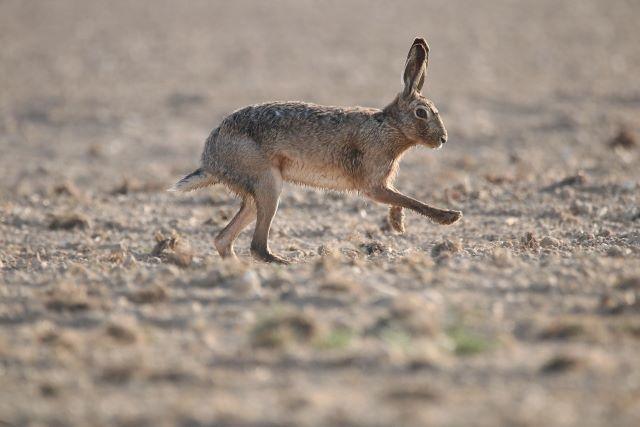
Addressing these threats requires concerted global efforts, including habitat preservation, sustainable resource management, pollution control, climate action, and international cooperation to combat issues like illegal wildlife trade.
The conservation of biodiversity is not only a moral imperative but also essential for maintaining the health of our planet and securing a sustainable future for all species, including our own.
Conservation Strategies
Preserving biodiversity is vital for ecosystem health and essential services like pollination and climate regulation. However, it faces threats like habitat destruction, pollution, overexploitation, and climate change.
Conservation efforts involve protecting habitats, restoring ecosystems, and engaging communities. International cooperation, research, and climate action are crucial. Corporate responsibility is also significant. Together, we can safeguard biodiversity for future generations.
Role of National Parks and Reserves
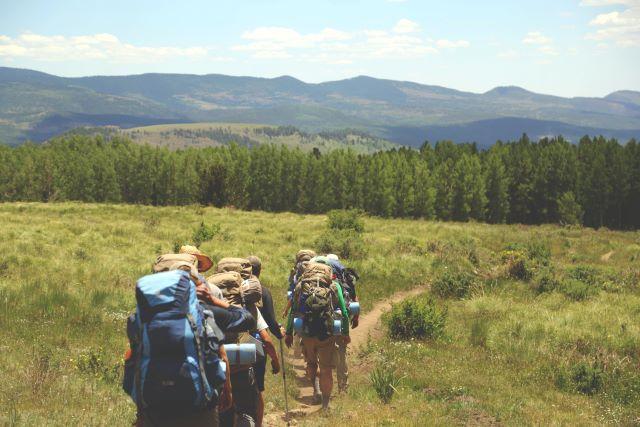
National parks and reserves play a critical role in conserving biodiversity. These protected areas safeguard diverse ecosystems, provide habitats for numerous species, and allow for scientific research and education.
Moreover, they promote eco-tourism, raising awareness and funding for conservation. Proper management and collaboration with local communities are essential for ensuring their effectiveness.
Community Involvement in Conservation
Engaging local communities in conservation efforts is vital for preserving biodiversity. By involving residents, you can gain valuable knowledge about the area, foster a sense of ownership, and create sustainable practices.
Collaborative efforts can mitigate threats, such as habitat destruction or overhunting, and promote responsible land use. This partnership between conservationists and communities is essential for long-term success in safeguarding biodiversity.
Biodiversity Hotspots
Biodiversity hotspots are regions with exceptional species richness and significant conservation importance. These areas are crucial for preserving biodiversity due to their high concentration of endemic species and substantial threat levels.
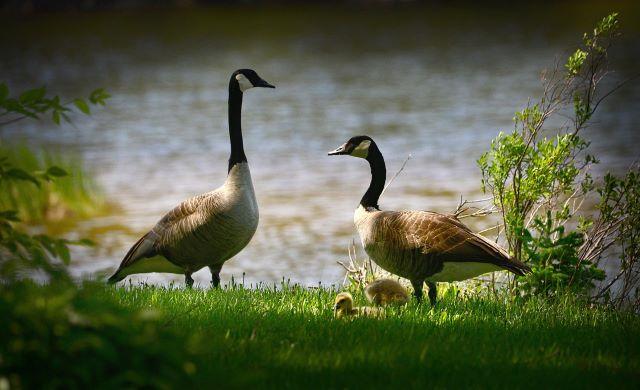
By focusing resources on these regions, we can address multiple threats and safeguard numerous species in a more efficient manner. Conservation initiatives in hotspots aim to secure habitats, reduce habitat degradation, and involve local communities in preservation efforts.
Impact on Human Well-being
The conservation of biodiversity not only benefits the natural world but also has a profound impact on human well-being. Biodiversity provides essential ecosystem services that support human life and livelihoods.
For instance, healthy ecosystems contribute to clean air and water, fertile soils for agriculture, and natural resources such as timber and medicines. Biodiversity also plays a role in climate regulation, with ecosystems like forests acting as carbon sinks.
Furthermore, biodiversity offers cultural and recreational value, enriching our lives through the appreciation of diverse species and landscapes. Indigenous and local communities often have deep cultural connections to the land and its biodiversity.
However, the loss of biodiversity can have severe consequences for humans. Diminished ecosystem services, such as declining crop yields due to pollinator loss, can lead to food insecurity. Additionally, the spread of zoonotic diseases can be linked to wildlife habitat destruction and biodiversity loss.
Therefore, conservation efforts are not only vital for the protection of our planet’s diversity but also for securing a sustainable future for humanity.
The Connection Between Biodiversity and Outdoor Activities
The connection between biodiversity and outdoor activities is profound and often underappreciated. Many outdoor enthusiasts, from hikers to birdwatchers, directly benefit from the rich tapestry of life on our planet. Biodiversity creates stunning landscapes, ranging from lush rainforests to arid deserts, offering diverse and awe-inspiring settings for outdoor adventures.
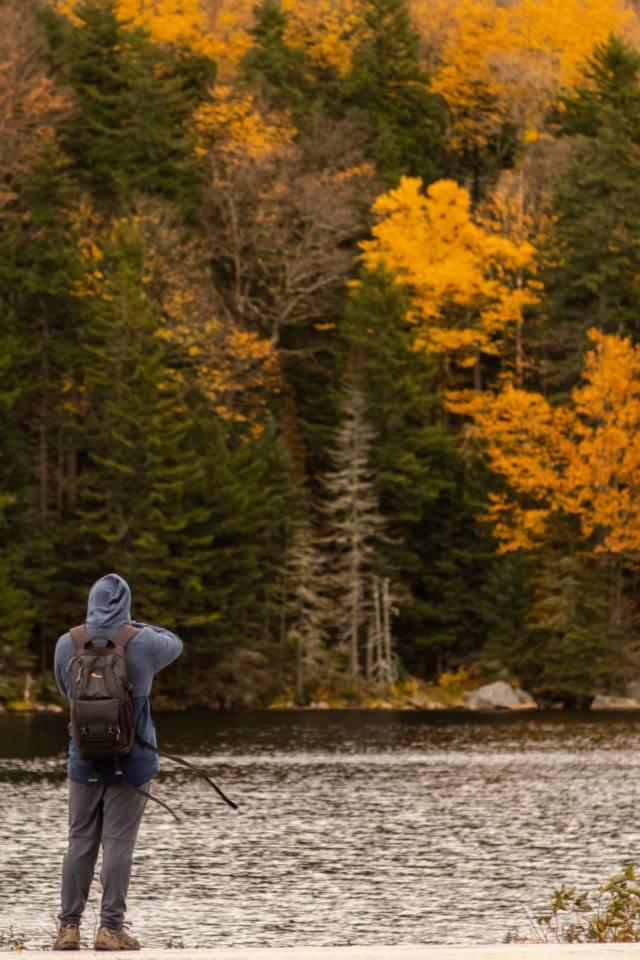
Moreover, it provides opportunities to witness a wide range of wildlife, enriching outdoor experiences with encounters with rare birds and elusive mammals. Biodiversity supports recreational activities like fishing, hunting, and wildlife photography, promoting a connection with nature and contributing to local economies.
For outdoor enthusiasts, engaging in ecotourism and responsible wildlife tours directly supports biodiversity conservation efforts. Beyond recreation, outdoor activities in biodiverse environments promote physical and mental well-being, reducing stress and enhancing overall health.
These experiences also foster a deeper understanding of ecosystems, species, and conservation, making outdoor enthusiasts more likely to become advocates for preserving biodiversity. Ultimately, biodiversity serves as the backdrop to countless outdoor adventures, inspiring a commitment to conservation for the benefit of future generations.
Sustainable Tourism and Biodiversity
Sustainable tourism and biodiversity are closely linked, promoting eco-friendly travel practices that benefit both nature and travelers. By choosing environmentally responsible accommodations, transportation, and tour operators, tourists reduce their ecological footprint and minimize habitat disruption.

Sustainable tourism also supports local conservation initiatives, boosting the economy of biodiversity-rich communities and fostering a harmonious relationship between people and wildlife. It encourages ethical wildlife viewing and engagement in conservation efforts, preserving the planet’s diverse ecosystems for future generations.
Preserving Biodiversity for Future Generations
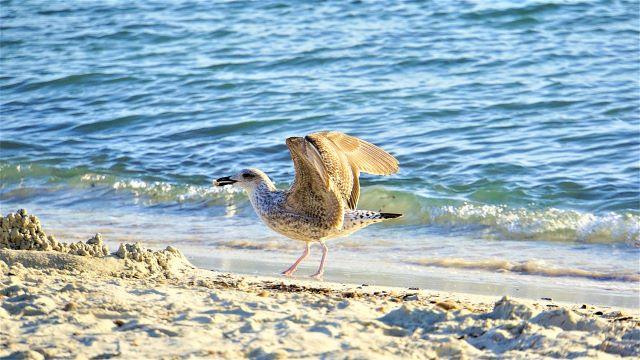
Preserving biodiversity for future generations is a shared responsibility. Conservation efforts, sustainable practices, and community involvement play vital roles in safeguarding Earth’s rich tapestry of life. By prioritizing biodiversity protection, we can ensure that the great outdoors remains a source of wonder, inspiration, and essential resources for generations to come.
Conclusion
Biodiversity in the great outdoors is not just a matter of ecological importance; it’s a reflection of our interconnectedness with the natural world. The diverse array of species and ecosystems sustains life, provides essential services, and enriches our experiences as outdoor enthusiasts.
Preserving this intricate web of life requires collaborative action, from individuals and communities to governments and organizations. By understanding, valuing, and actively conserving biodiversity, we can help ensure a thriving planet for present and future generations to explore and enjoy.
FAQs:
Why is biodiversity important for the planet?
Biodiversity is crucial for the planet because it supports ecosystem stability, resilience, and productivity. It provides various ecosystem services, including clean air and water, pollination of crops, climate regulation, and pest control. Biodiversity also offers valuable genetic resources for agriculture and medicine, contributing to human well-being.
How does climate change impact biodiversity?
Climate change poses a significant threat to biodiversity. Rising temperatures, altered precipitation patterns, and extreme weather events can disrupt ecosystems and force species to adapt or migrate. Some species may struggle to survive as their habitats change faster than they can adapt, leading to shifts in distribution and potential extinctions.
What role do indigenous communities play in biodiversity conservation?
Indigenous communities often have profound traditional knowledge and a deep connection to the land. They play a vital role in biodiversity conservation by using sustainable practices and advocating for the protection of their ancestral territories. Indigenous-led conservation efforts often emphasize the interconnectedness of people, nature, and culture.
What are some successful conservation projects?
There are numerous successful conservation projects worldwide. Examples include the reintroduction of endangered species like the California condor, the establishment of protected areas and marine reserves, and initiatives to combat illegal wildlife trafficking.
Additionally, collaborative efforts involving governments, NGOs, and local communities have led to the preservation of critical habitats and the recovery of threatened species. These projects demonstrate the positive impact of conservation efforts when diverse stakeholders work together.









